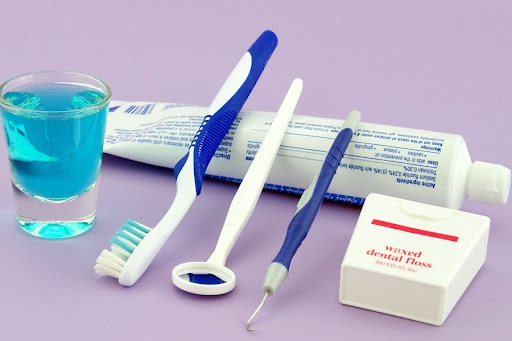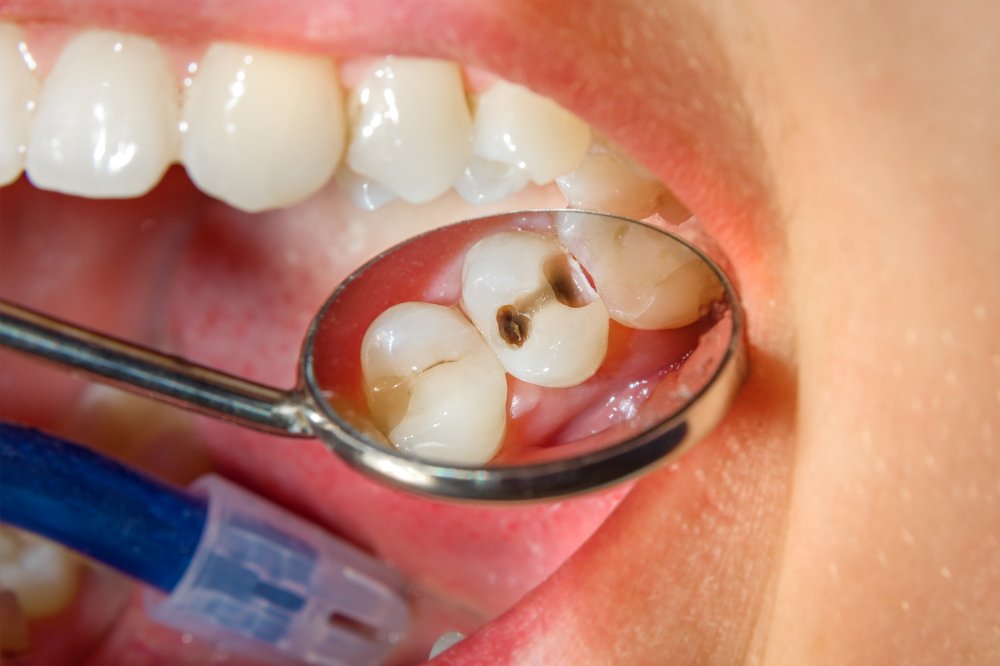Fluoride and Sealants: Essential Tools in Preventing Tooth Decay

Preventing tooth decay is a critical aspect of maintaining optimal oral health, particularly for children who are more susceptible to cavities. Fluoride and dental sealants are two essential tools in the fight against tooth decay, providing valuable protection to teeth and enhancing overall dental health. Understanding how these preventive measures work can help you make informed decisions about your family’s oral care.
1. The Role of Fluoride in Preventing Tooth Decay
Fluoride is a naturally occurring mineral known for its ability to strengthen tooth enamel and make it more resistant to decay. It plays a crucial role in the prevention of tooth decay and is widely used in dental care products and treatments.
How Fluoride Works:
- Strengthens Enamel: Fluoride helps to remineralize enamel, which is the outer protective layer of the teeth. When enamel is exposed to acids from bacteria and food, it can become demineralized and weakened. Fluoride helps to replace lost minerals and rebuild enamel, making it stronger and more resistant to decay.
- Reduces Acid Production: Fluoride can inhibit the growth of harmful bacteria in the mouth that produce acids. By reducing the amount of acid, fluoride helps to protect the enamel from erosion and decay.
- Enhances Remineralization: Fluoride enhances the process of remineralization, where minerals are redeposited into the enamel after being removed by acids. This process helps to repair early signs of tooth decay and prevent further damage.
Sources of Fluoride:
- Fluoridated Water: Many communities add fluoride to their public water supply, providing a beneficial level of fluoride for the general population. Drinking fluoridated water can contribute to strong, decay-resistant teeth.
- Toothpaste: Most toothpaste contains fluoride. Using fluoride toothpaste twice a day helps to deliver fluoride directly to the teeth and supports daily oral hygiene.
- Mouth Rinses: Fluoride mouth rinses can be used in addition to brushing and flossing to provide extra protection against decay. These rinses are especially beneficial for individuals at higher risk of cavities.
- Professional Treatments: Dentists may offer fluoride treatments during routine check-ups. These treatments typically involve a concentrated fluoride gel or varnish applied to the teeth, providing a higher dose of fluoride for enhanced protection.
2. The Benefits of Dental Sealants
Dental sealants are thin, protective coatings applied to the chewing surfaces of the back teeth (molars and premolars). Sealants act as a barrier, shielding the teeth from plaque, bacteria, and acids that can lead to decay.
How Sealants Work:
- Protects Deep Grooves: Molars and premolars have deep grooves and fissures that can be difficult to clean thoroughly with a toothbrush. Sealants fill in these grooves, creating a smooth surface that is easier to clean and less likely to trap food and bacteria.
- Prevents Decay: By providing a protective barrier, sealants help to prevent plaque and bacteria from coming into contact with the tooth enamel. This significantly reduces the risk of cavities developing in the sealed areas.
- Durable Protection: Sealants are durable and can last for several years, providing long-term protection against decay. They are particularly effective for children and adolescents whose back teeth are more prone to cavities.
Applying Dental Sealants:
- Procedure: The application of dental sealants is a quick and painless procedure. The dentist or dental hygienist cleans and dries the teeth, applies an acidic gel to prepare the surface, and then applies the sealant material. A special light may be used to harden the sealant.
- Suitable Candidates: Sealants are typically recommended for children and adolescents, as they are most likely to benefit from the extra protection during their cavity-prone years. However, adults who are at higher risk of decay may also benefit from sealants.
Maintenance and Care:
- Regular Check-Ups: During routine dental visits, the dentist will check the condition of the sealants and reapply them if necessary. Sealants can wear down over time, so regular check-ups ensure that they continue to provide effective protection.
- Good Oral Hygiene: Maintaining good oral hygiene practices, including regular brushing and flossing, is essential for maximizing the benefits of sealants. While sealants provide added protection, they do not replace the need for proper brushing and flossing.
3. Combining Fluoride and Sealants for Optimal Protection
Fluoride and sealants are complementary tools in preventing tooth decay. While fluoride strengthens enamel and makes teeth more resistant to decay, sealants provide an additional layer of protection by sealing off the grooves and fissures in the back teeth.
Integrated Approach:
- Fluoride Application: Regular use of fluoride toothpaste and professional fluoride treatments can enhance the strength of tooth enamel, making it more resistant to decay.
- Sealant Application: Applying sealants to the chewing surfaces of molars and premolars provides physical protection against plaque and bacteria, reducing the risk of cavities in these vulnerable areas.
For Children and Adults:
- Children: Fluoride and sealants are particularly important for children, as their developing teeth are more susceptible to decay. Combining both methods helps to provide comprehensive protection.
- Adults: Adults can also benefit from fluoride treatments and sealants, especially if they have a higher risk of tooth decay or have deep grooves in their back teeth.
Conclusion
Fluoride and dental sealants are essential tools in the prevention of tooth decay, offering valuable protection to maintain strong and healthy teeth. Fluoride works by strengthening tooth enamel and reducing acid production, while sealants provide a physical barrier against plaque and bacteria. By incorporating both fluoride and sealants into your oral care routine, along with regular brushing, flossing, and dental check-ups, you can significantly reduce the risk of tooth decay and promote long-term dental health. Understanding and utilizing these preventive measures will help ensure that you and your family maintain healthy, decay-free smiles for years to come.
Related to read:
Best Oral Hygiene Practices For Optimum Oral Health.
Bruxism: Teeth grinding causes treatment and prevention.
How to keep your gums healthy and disease-free?
References
To ensure the information provided is accurate and up-to-date, the following sources were referenced:
- American Dental Association. (n.d.). Plaque and Tartar. Retrieved from ADA website
- Mayo Clinic. (n.d.). Dental Plaque. Retrieved from Mayo Clinic website
- National Institute of Dental and Craniofacial Research. (n.d.). Periodontal (Gum) Disease. Retrieved from NIDCR website










0 Comments on “Fluoride and Sealants: Essential Tools in Preventing Tooth Decay”